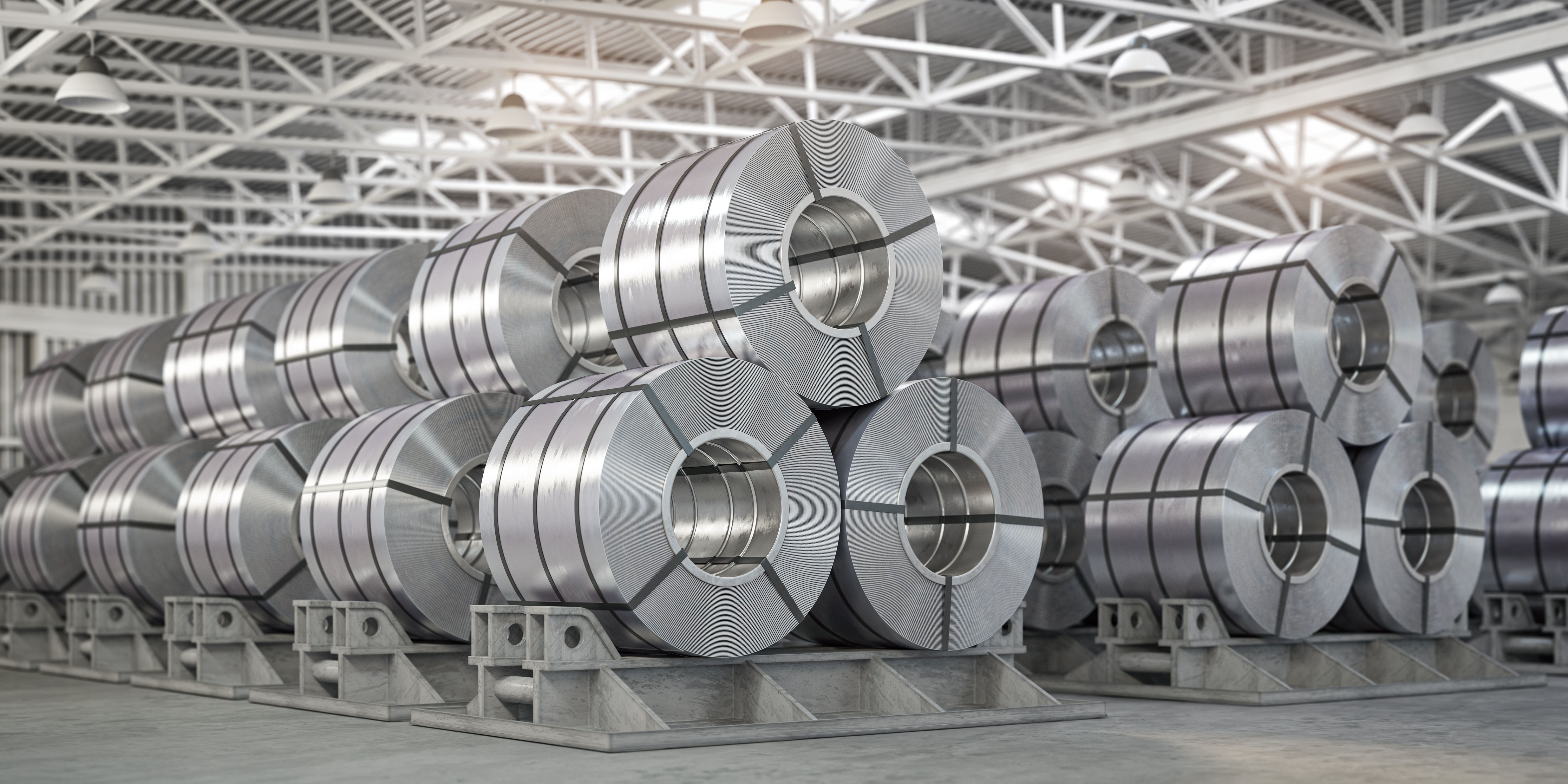Steel Shock: Auto Makers Brace for 25% Tariff Hit

What’s Happening?
The USMCA no longer protects manufacturers from tariffs. The new 25% tariffs, announced on February 1, 2025, apply to all goods from Canada and Mexico under the IEEPA, citing national security concerns tied to immigration and fentanyl. Trump Adminsitration is using USMCA Article 32.2 (essential security interests arguing that immigration and fentanyl trafficking pose a national security threat) to justify the move. A 30-day delay was negotiated, pushing the deadline to March 4, but on February 24, Trump reaffirmed the tariffs remain “on schedule.” Without further concessions, they will take effect. March 12 is the steel and aluminum global tariff. Steel ($800/ton to $1,000/ton) and aluminum ($2,500/ton to $3,125/ton)
What Manufacturers Are Saying
General Motors and Nissan: A post from @ElFinanciero_Mx on February 18 reported that Trump confirmed 25% tariffs on imported vehicles, prompting General Motors (GM) and Nissan to consider shifting production out of Mexico. This suggests manufacturers see the tariffs as a serious threat to cost structures, with relocation being floated as a drastic but possible response. The long-term strategy to dodge tariffs by realigning supply chains outside Canada and Mexico. However, this is tempered by GM CEO Mary Barra’s earlier statement (reported elsewhere) that they’re hesitant to invest heavily without tariff clarity—suggesting a wait-and-see approach alongside contingency planning.
Stockpiling and Supply Chain Adjustments: Ford CEO Jim Farley has been a prominent voice saying "blow a hole" Ford’s warnings imply preparations like stockpiling parts before March 4 to buffer against price hikes. This aligns with broader advice to manufacturers: secure inventory now (e.g., steel, auto parts) to avoid immediate tariff costs, a tactic retailers used pre-tariff in past trade disputes.
Steelmaker's Order Freeze: Locking in contracts with existing suppliers now can prevent cost spikes, while multi-source agreements provide flexibility in case tariffs are reversed or adjusted. However, a more urgent concern is that Canadian and Mexican steelmakers have already started freezing new U.S. orders. @unusual_whales on February 17 highlighted Canadian and Mexican steelmakers refusing new U.S. orders, fearing reimposed duties. This suggests manufacturers in these countries are preemptively pulling back, anticipating chaos if tariffs hit.The steel order freeze hints at U.S. manufacturers pushing suppliers for pre-tariff deliveries or price guarantees—a scramble to lock in costs.
Strategy to offset
Domestic Push Intensifies: U.S. steelmakers (Nucor, Cleveland-Cliffs) become the only tariff-free option post-March 12. Manufacturers are likely begging for capacity, though 2023’s 86 million tons produced vs. 113 million consumed shows the gap. A clever twist? Pair with futures contracts to lock domestic prices now. Buying steel futures at current prices is a smart financial hedge, locking in costs without physically stockpiling. It’s a move that steel users should move on now.
All goods from Cananda and Mexico Tariff in effect starting March 4. 25% Tariff on steel and aluminum effective on March 12. At $800-$850/ton, it’s cheaper than Canada/Mexico’s tariffed steel during this window. On March 12, the global 25% steel tariff hits, pushing it to $1,000-$1,062/ton—same as everywhere else. *shipping times (Brazil 10-20 days, South Korea 25-35 days).
If Trump delays Canada-Mexico to April 2 (unconfirmed), their steel stays cheap until then, overlapping the March 12 global steel tariff. From March 12 to April 1, Korea/Brazil steel would be tariffed (25%), while Canada/Mexico wouldn’t—flipping your strategy. But March 4 is still the legal deadline without a new order.
For insights on U.S. auto manufacturing jobs and wages, check out this update.
Final thoughts
If Canada-Mexico Shifts: Trump’s April 2 tease (repeated February 14, 26) isn’t official yet. If he delays March 4 to April 2 via a new order (say, by March 3), Canada-Mexico steel stays cheap.
The steel and aluminum tariffs present a significant challenge for the auto industry, increasing costs across the supply chain. Companies that adapt quickly will be in the strongest position to manage the impact.
Tesla’s strategy of vertical integration and material innovation offers one potential model, while established automakers have advantages in scale, supply chain management, and government contracts. The key issue is not just absorbing higher costs but determining which companies can adjust operations efficiently and maintain competitiveness in a shifting market.
